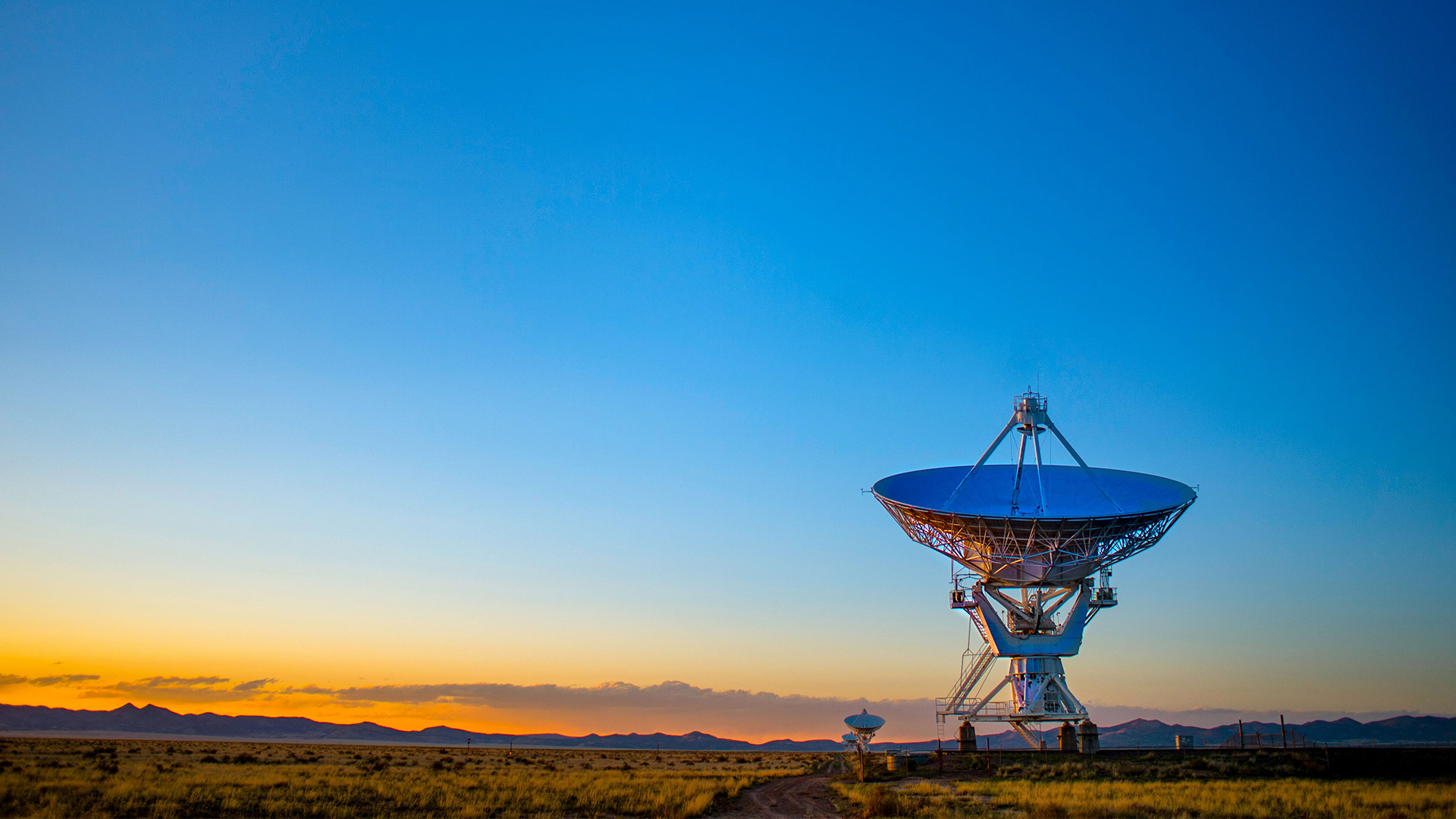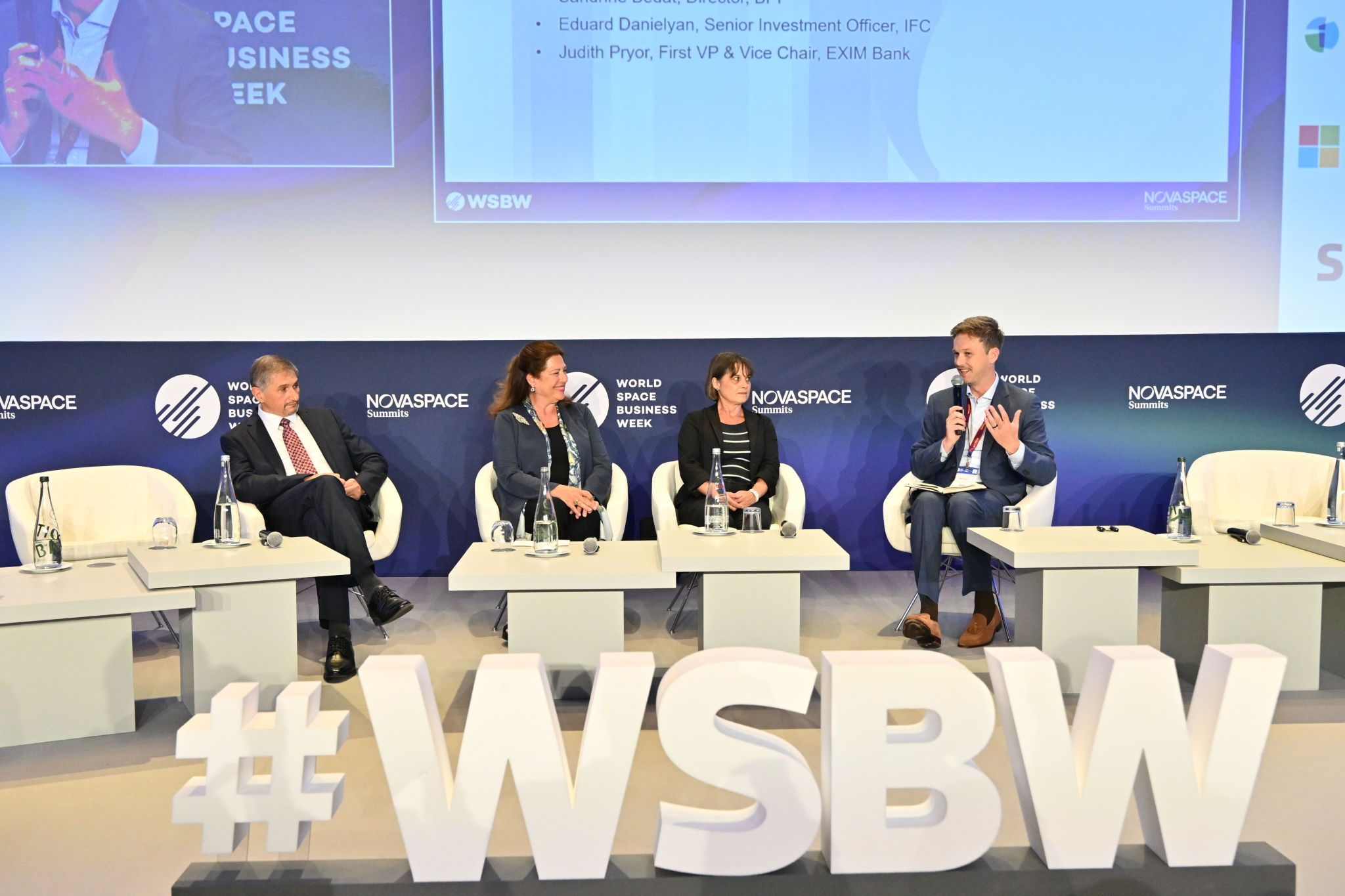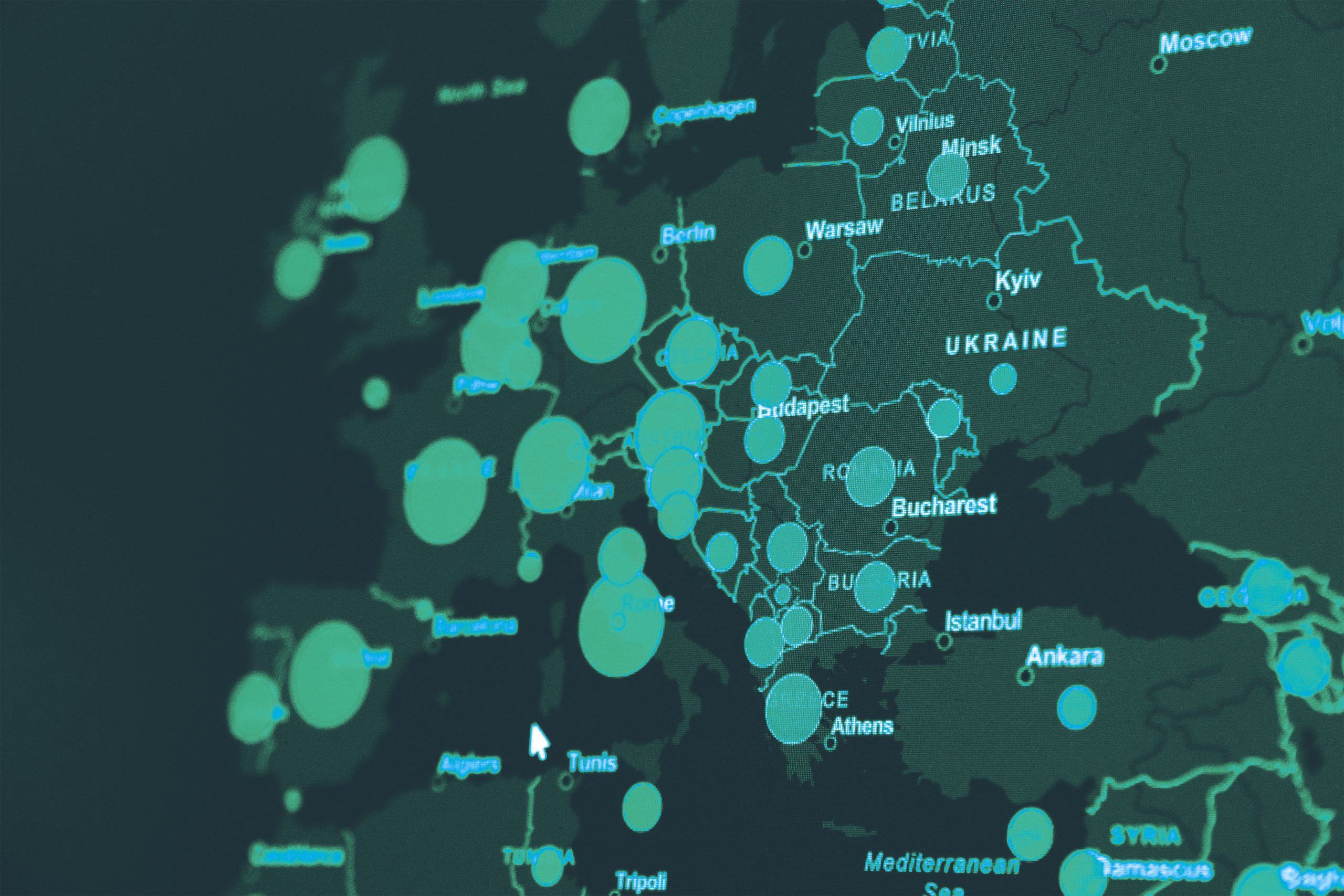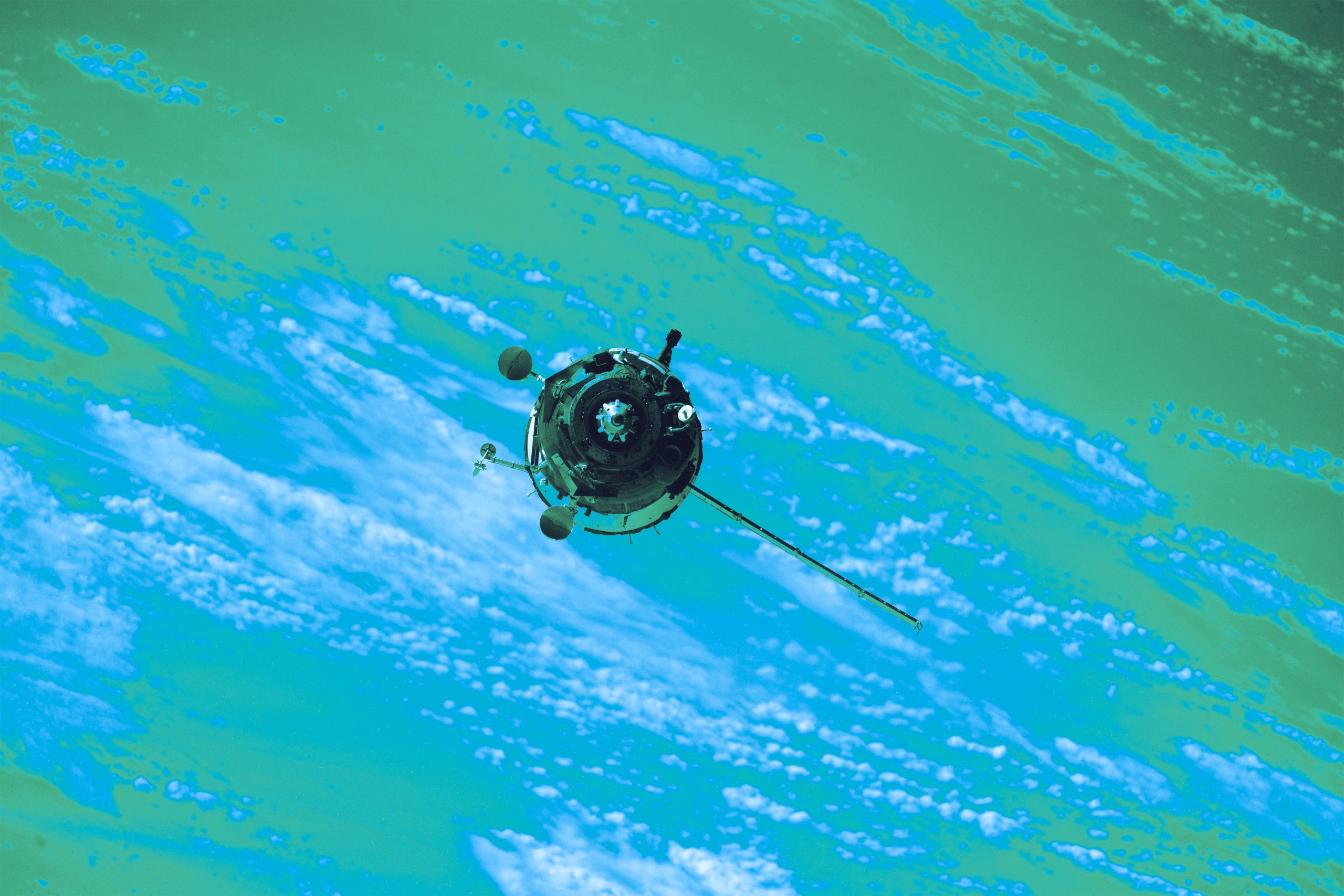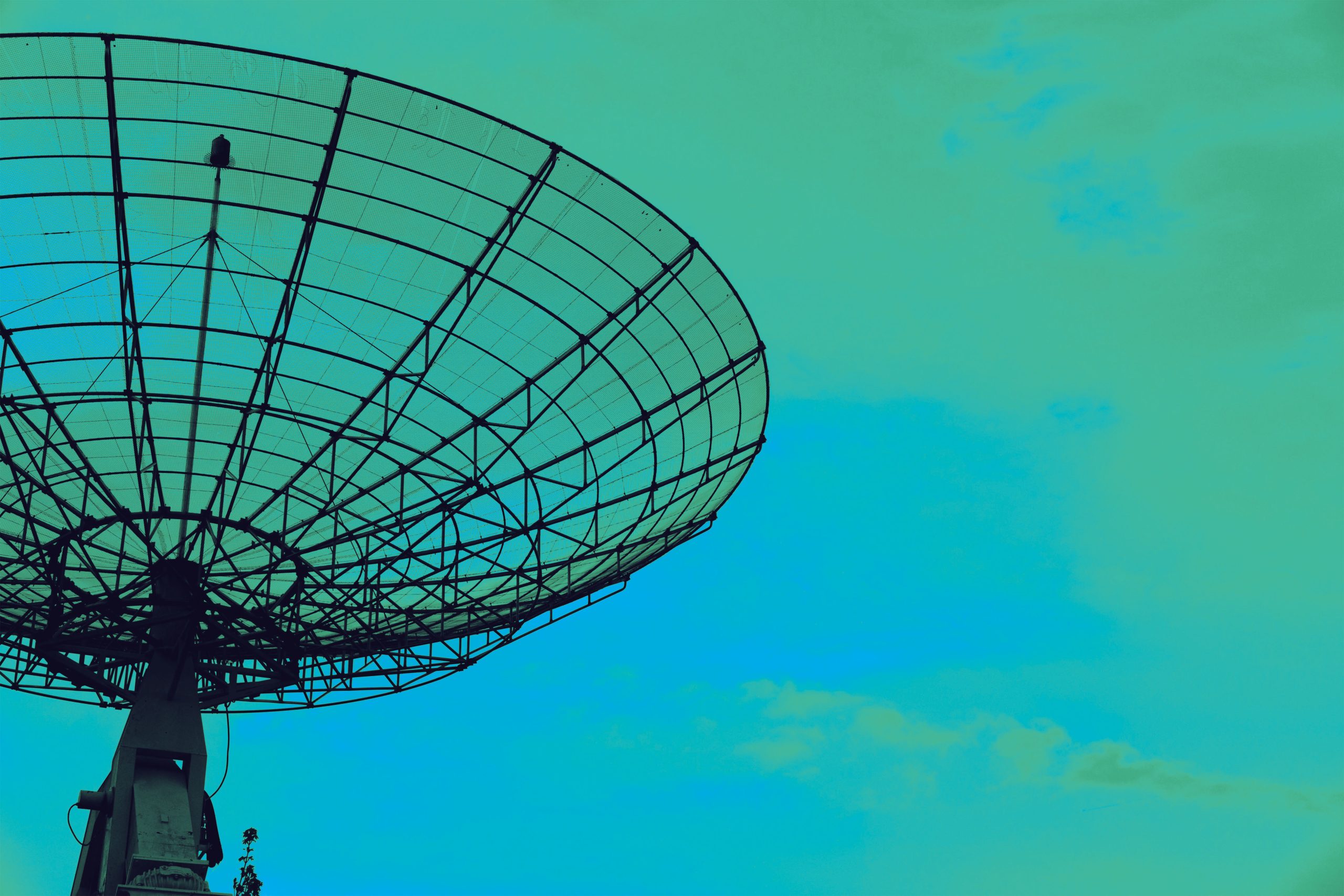As companies start establishing operations in space, a space economy is developing above us. To explain this phenomenon, and help us understand its implications for everybody on Earth, we spoke with Robert Carlisle, the Co-Founder of Argo Space, on Episode 39 of The Satellite & NewSpace Matters Podcast. Robert previously had a five-year tenure at SpaceX, including a stint as their Director of Commercial Launch Sales, before founding Argo Space with his two brothers, both of whom also worked at SpaceX before venturing out on their own. Read on for Robert’s insights into the growing space economy.
When we talk about a new space economy, why is that important for humanity?
An in-space economy sounds very exciting, but most of what it means today is things like communication satellites for Earth observation. We use the Internet from a ViaSat or an Intelsat satellite, or nowadays from Starlink. Governments use Earth observation satellites for images, synthetic aperture radar, and all kinds of other observation methods to monitor specific things that are happening. There are a lot of different national security and civil space uses as well.
Most of what we call the space economy today is just serving those things by putting satellites into orbit. Those satellites are creating jobs, whether they are consumer-facing or business-facing. There are further out parts, such as the robotic exploration of the Moon, Mars, and other parts of the solar system, but those are mostly the provenance of governments.
However, over the last few years, we’ve started to see more of these private space missions, like what Axiom and SpaceX are doing by sending people who aren’t government astronauts up in Dragon capsules, and even to the space station. People are trying to create commercial space stations and commercial manufacturing in space. We’re just starting to see the potential for these new applications that aren’t a part of what we would call this base economy today.

You were featured in a great article in the Wall Street Journal, where you said we should use a rocket as the cargo ship regularly comes to port and then have a semi-truck that lives in space and takes the cargo elsewhere. Can you tell us more about that?
I love talking about the logistics side of a space economy and the differences between how space logistics work and how we view logistics on Earth. SpaceX is starting to make launches a regular thing and at a very reliable, high cadence. Now, people like me still get very excited watching a rocket launch, but we’re looking at a future where it’s commonplace, where a rocket launch is like watching a ship coming in and out of court.
With the specific metaphor you mentioned, essentially, rockets are the only way that we can get to orbital velocity. But in order to do that most of the rocket mass is propellant, so to maximise efficiency, what we should do is use all the rockets’ payload mass capability to get into low earth orbit, which is the minimum place where you can reach orbital velocity and deploy some payloads. Then you want to have a space segment, which is a transport vehicle that is optimised to move things in orbit, which is different from what a rocket engine looks like on Earth. We view that as the best situation if you have a heavy-lift rocket.
It’s equivalent to the cargo ship coming across the Pacific Ocean, dropping off goods at the Port of Los Angeles. That cargo ship is maximising its payload efficiency and freight velocity by having standardised cargo containers that can be loaded onto 18-wheelers at the port. They’re designed to move things across the land, to pick up these cargo containers at the port and take them to their final destination. That’s sort of how we view kind of the future state of space transportation, where you’ve got a starship, with lower-cost reusable lifters bringing a bunch of cargo to low Earth orbit on a standardised route, and then in-space transportation vehicles like ours taking those payloads and satellites out to their operational orbits where they do their work.
What are some of the other areas of the lunar economy that really excite you?
The most exciting thing to us is the applications, and that’s what we’re trying to work on. We think that the first application for lunar resources is to use water as a propellant. There are other potential applications out there, too, and a lot of people are talking about infrastructure, which is pretty exciting. There are NASA contracts like the human landing system programme, and SpaceX and Blue Origin have been contracted to land humans on the moon, which will be awesome to see.
Right now there is the Eclipse programme, where NASA has contracted smaller commercial landers to put robotic payloads and rovers on the moon. We saw Intuitive Machines soft-land recently, which was great. It’s super exciting to see all that activity. The commercial risk approach that NASA has taken there is quite interesting, and we’re excited to see how it develops.
To hear more from Robert, tune into The Satellite & NewSpace Matters Podcast here.
We sit down regularly with some of the biggest names in our industry, we dedicate our podcast to the stories of leaders in the technologies industries that bring us closer together. Follow the link here to see some of our latest episodes and don’t forget to subscribe.

